All’s well that ends well
Driving into a sandstorm
We set off from Swakopmund for another three hundred kilometres drive right after breakfast. Metaled roads gave way to gravel again as we left the boundaries of the town.
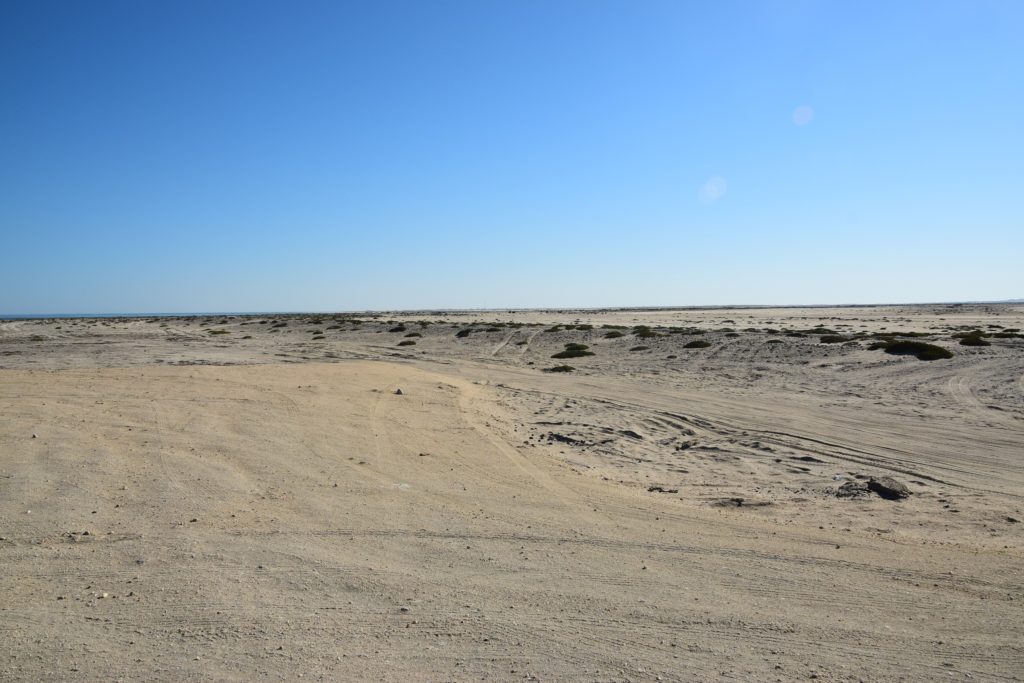
We were travelling along the C34, which curved its way between a choppy sea on our left and huge sand dunes to the right. About half an hour into our drive, the wind started to become stronger and more sand started flying around. A thick cloud of sand engulfed us and the car shook as it was battered by the strong wind. Visibility turned to zero; I drove on by instinct, holding tightly to the steering while keeping to what I hoped was the left side of the road. We thanked our stars for the sparse traffic on Namibian roads!
The shipwreck
Slowly as the cloud of sand thinned and we could see the sea again, a haunting sight met our eyes. Amidst the vast expanse of the sands and waves, a little beyond the line where the land sloped down into the sea stood a lonely half sunk skeleton of a ship. As the water swirled all around, the waves struck its already weakened body, as if trying to pull it into the depths while the ship waged a valiant losing battle to not give in to the forces of nature.

This was the wreck of a ship named Zeila which had drifted and sunk here as it was on its way to Bombay from Walvis Bay. We drove the car right up the beach. The wind was still strong when we got out of the car; the sands blown by the wind pricked our skin and got into our hair.
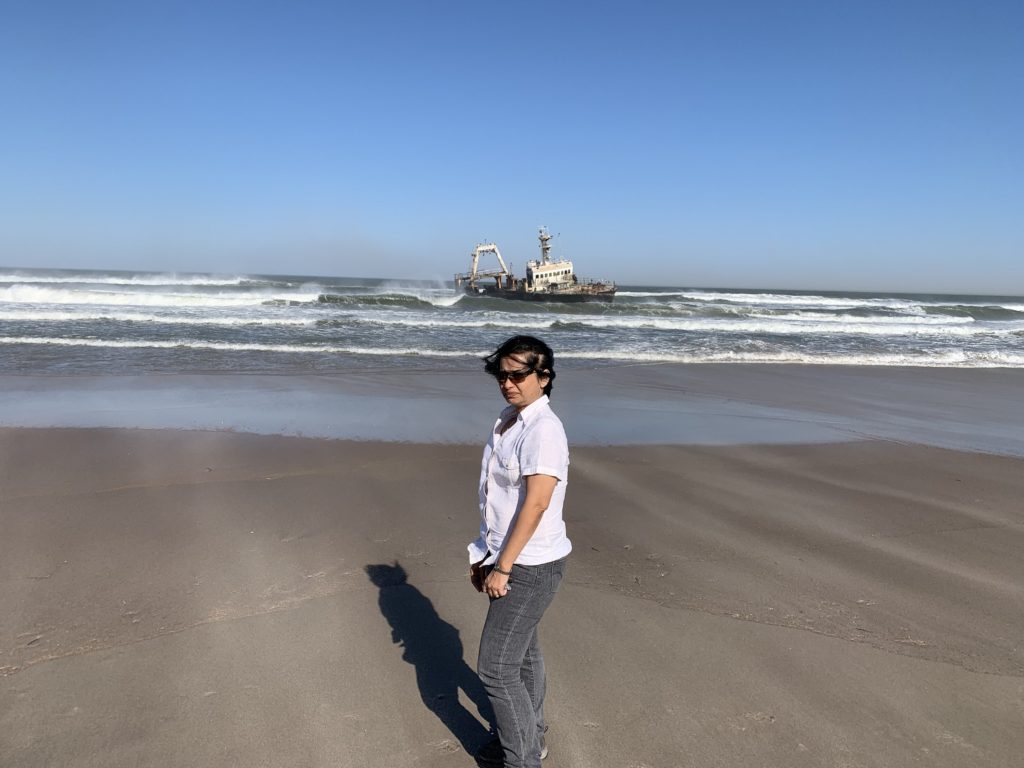
The sand around became an unusual mix of colours as we neared the water line. White gravel formed a top layer as the sand turned from brown to reddish black.
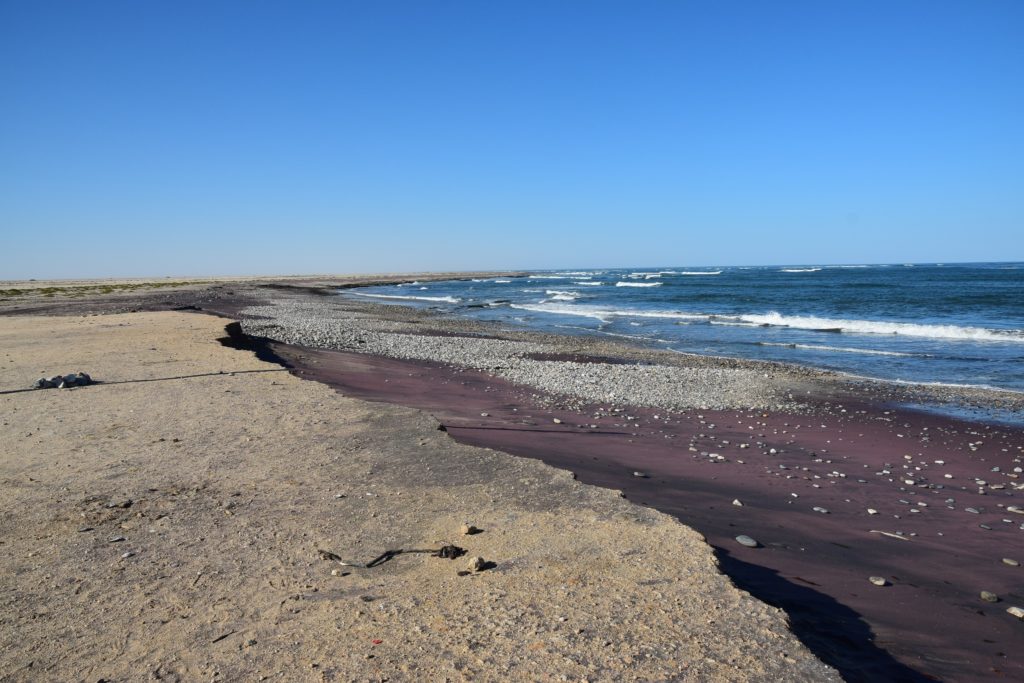
But sadly the blowing sand made it impossible to stand outside for long, we had to quickly get back in to the car. Beyond this point the road veered inland. We crossed road signs pointing towards the settlement of Hentis Bay and drove along the leaving the small town behind.
Out of petrol
The landscape changed colour as we drove further inland; sand and sand dunes gave way to rocks, shrubs and small hillocks as we turned in to the highway C35.
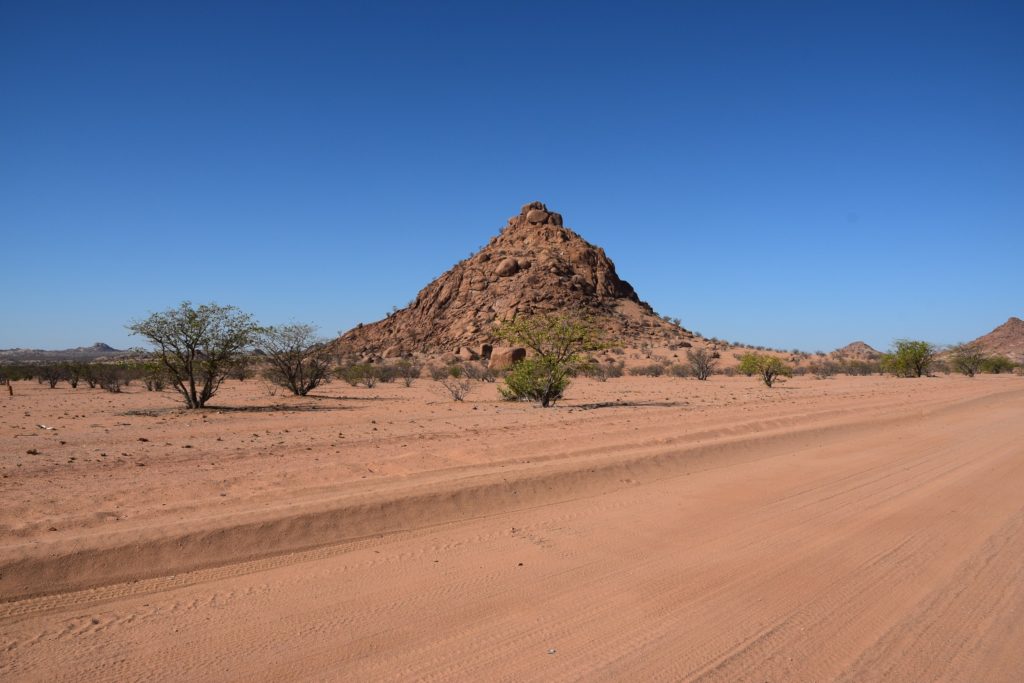
We bypassed the small town of Uis, our GPS veered us out of C35 to follow a smaller trail D2319. It was almost a dirt track. Along the way we passed some tribal settlements, where young mothers sat sunning in front of their huts with their kids in tow. They had set small displays of indigenous artifacts that they had crafted themselves. They waved to us to stop, take a look and may be buy their handiwork. We smiled at them, waved from our car and continued on our way.
We had just joined back C35 when we were horrified to see our petrol gauge warning us of low petrol with a bright orange light. Our GPS told us we were 62 kilometres from our destination. We had no idea if the petrol left in the tank was enough to take us there. Uninterrupted scrub land, dotted with hillocks stretched out as far as eye could see. There was absolutely no sign of human habitation, so there was nobody around to ask for help. We also had not come across any petrol pump in our drive so far.
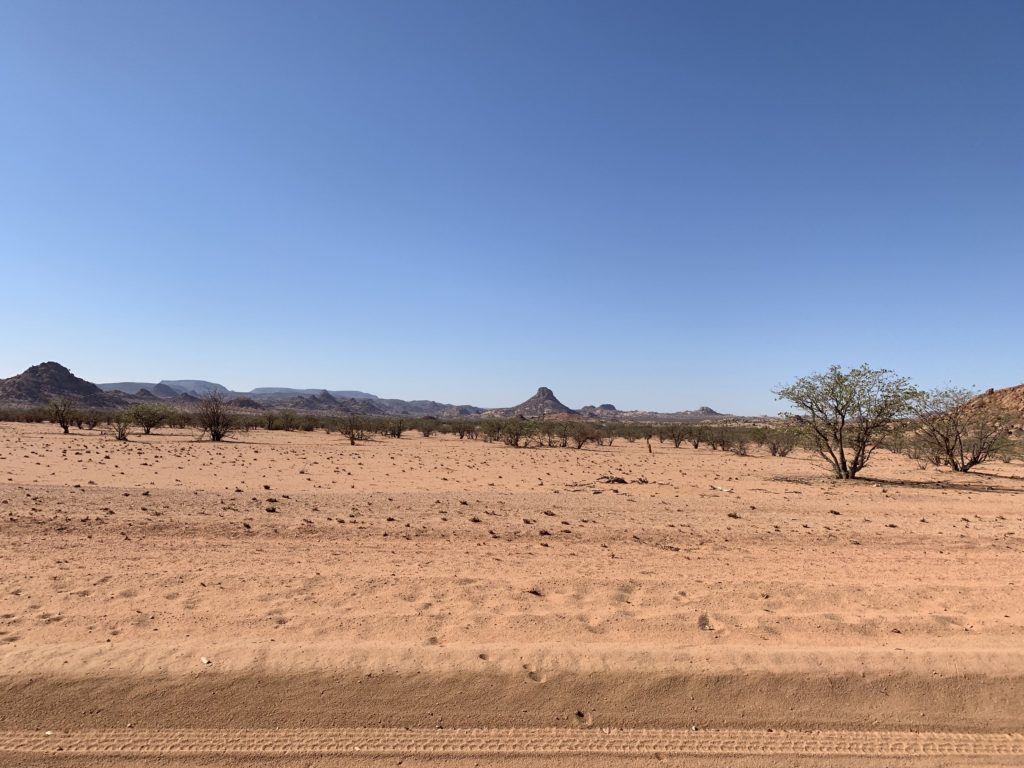
Angels in Wilderness
We switched off the air-conditioning in a bid to save as much of fuel as possible and craned our necks to see if we could find help anywhere. We had been warned before and had planned to fill up in Swakopmund. But it had completely slipped our mind when we started in the morning.
Suddenly we came upon a gated property. The first small building we came across was broken down and empty, but we thought we heard voices coming from the back. So we walked in, a lady was standing and directing somebody to arrange some heavy sacks. We had never been happier to meet another human!
She told us that the nearest petrol pump was some 58km away at Khourixas, but if we went back about 10km on the way we had come, we would come upon a camp named Buruxa Camp; we should be able to get enough petrol from the people there to take us to Camp Kipwe, our destination for the day. She even made a phone call to the camp owner to tell them that we were on our way. It seemed that she was the owner of the land on which the camp sat and the camp itself was named after her son. We could not thank her enough as we got back into our car and started back on the way we had come.
Sure enough, we came across a wooden sign saying Buruxa Camp pointing towards the scrubby wilderness. We followed the sign and veered off the road onto a dirt track. A few minutes of driving brought us to a collection of tents. We met a lady driving a pick-up truck who we found was the owner of the camp. They filled in about 10 litres, which we would be enough to take us to safety and off we went, thanking them profusely.
Sun-downer on the rocks
It was almost 4pm when we reached Camp Kipwe, a beautifully designed collection of huts which blended in seamlessly with the surrounding landscape.
We loved the way the natural outlay of the land had been retained the buildings placed in between the rocks and boulders.
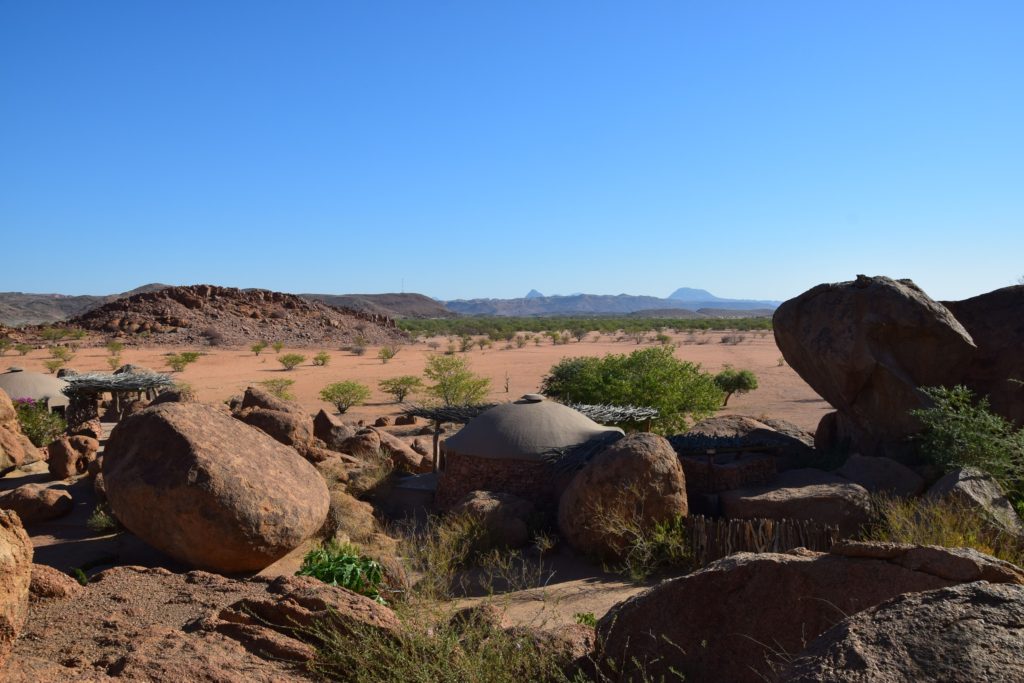
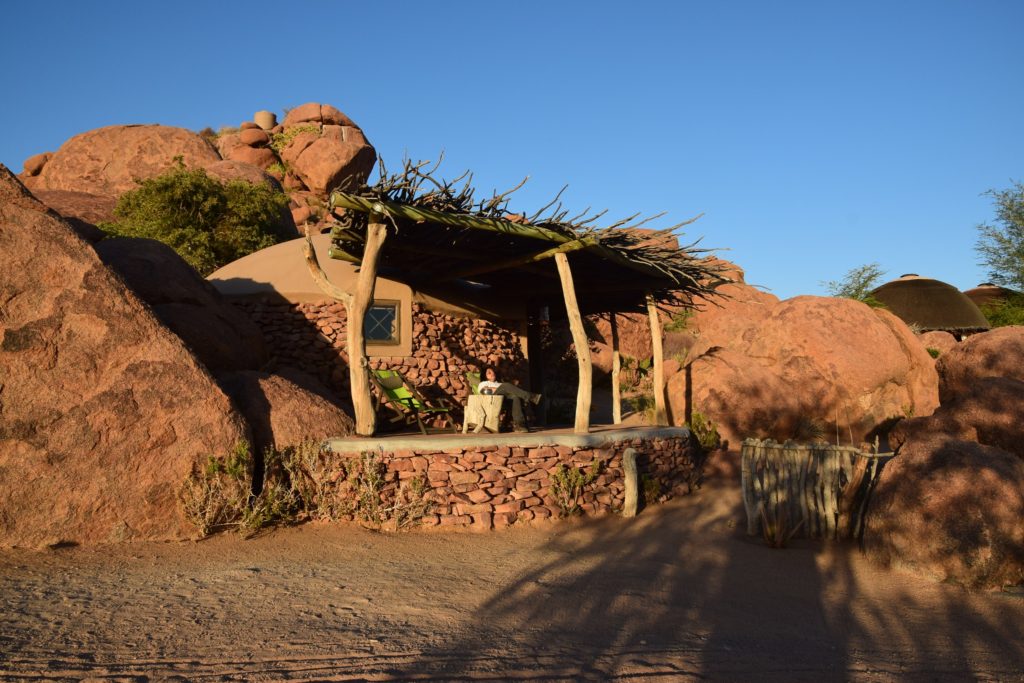
We relaxed on the main deck enjoying tea and cakes. As the sun started going down we climbed up to the bar atop the rocks to watch another glorious sunset.
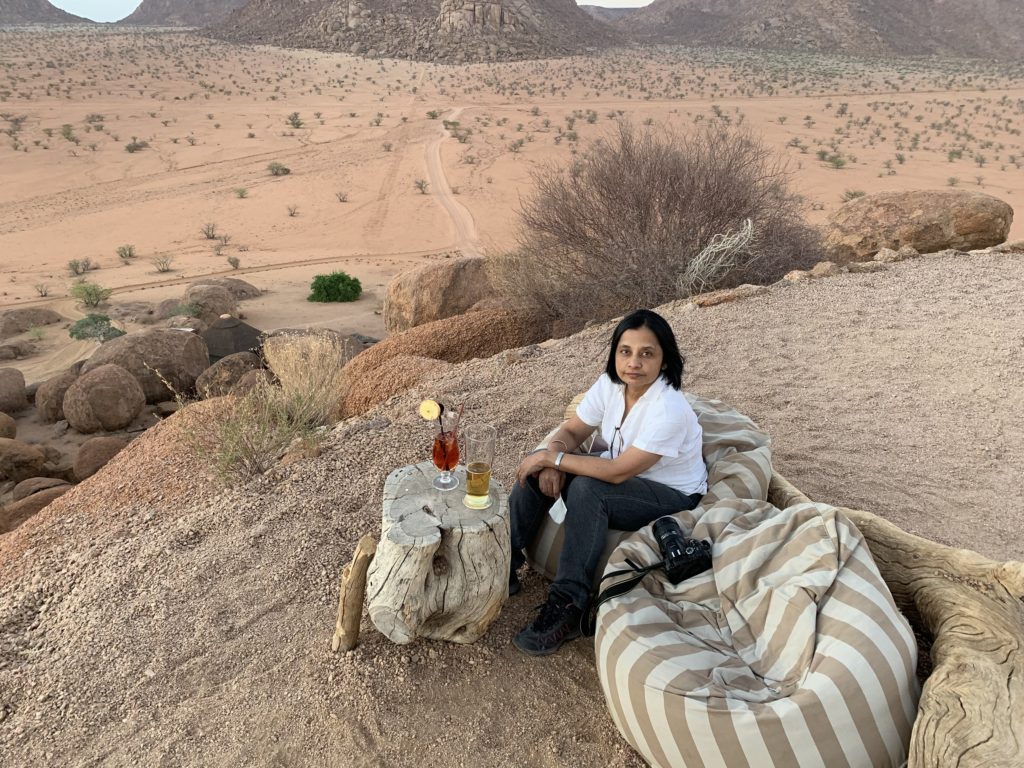
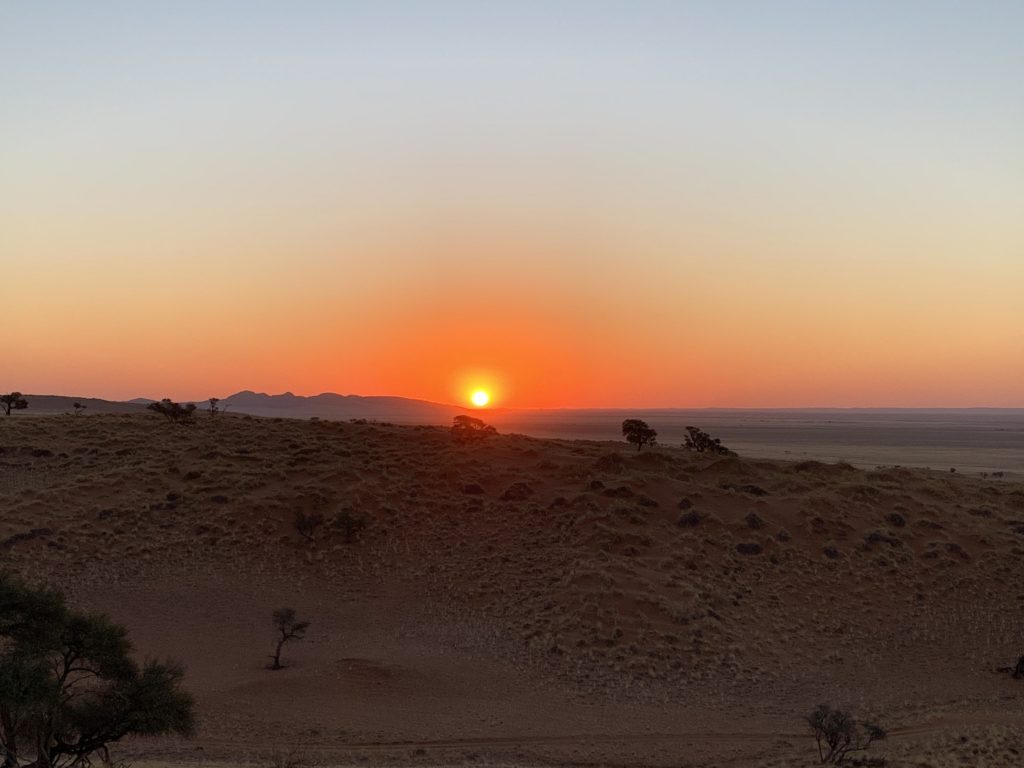
As we sat talking to other guests, watching the day fading away our eyes were drawn to a lone car making a mad dash for shelter before total darkness made driving a hazardous and almost impossible proposition.
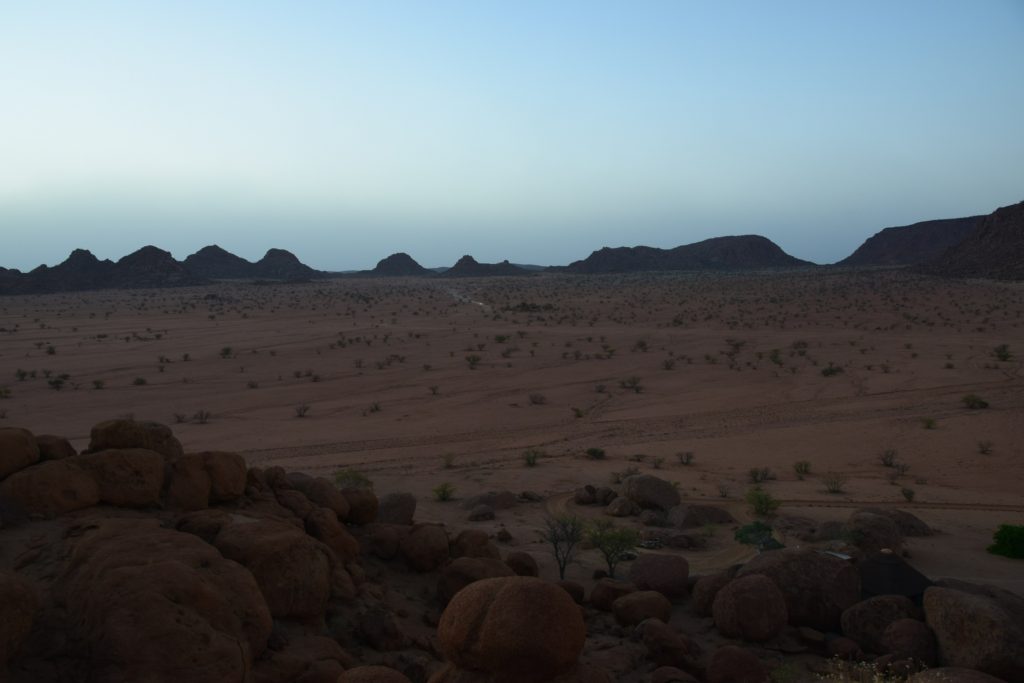
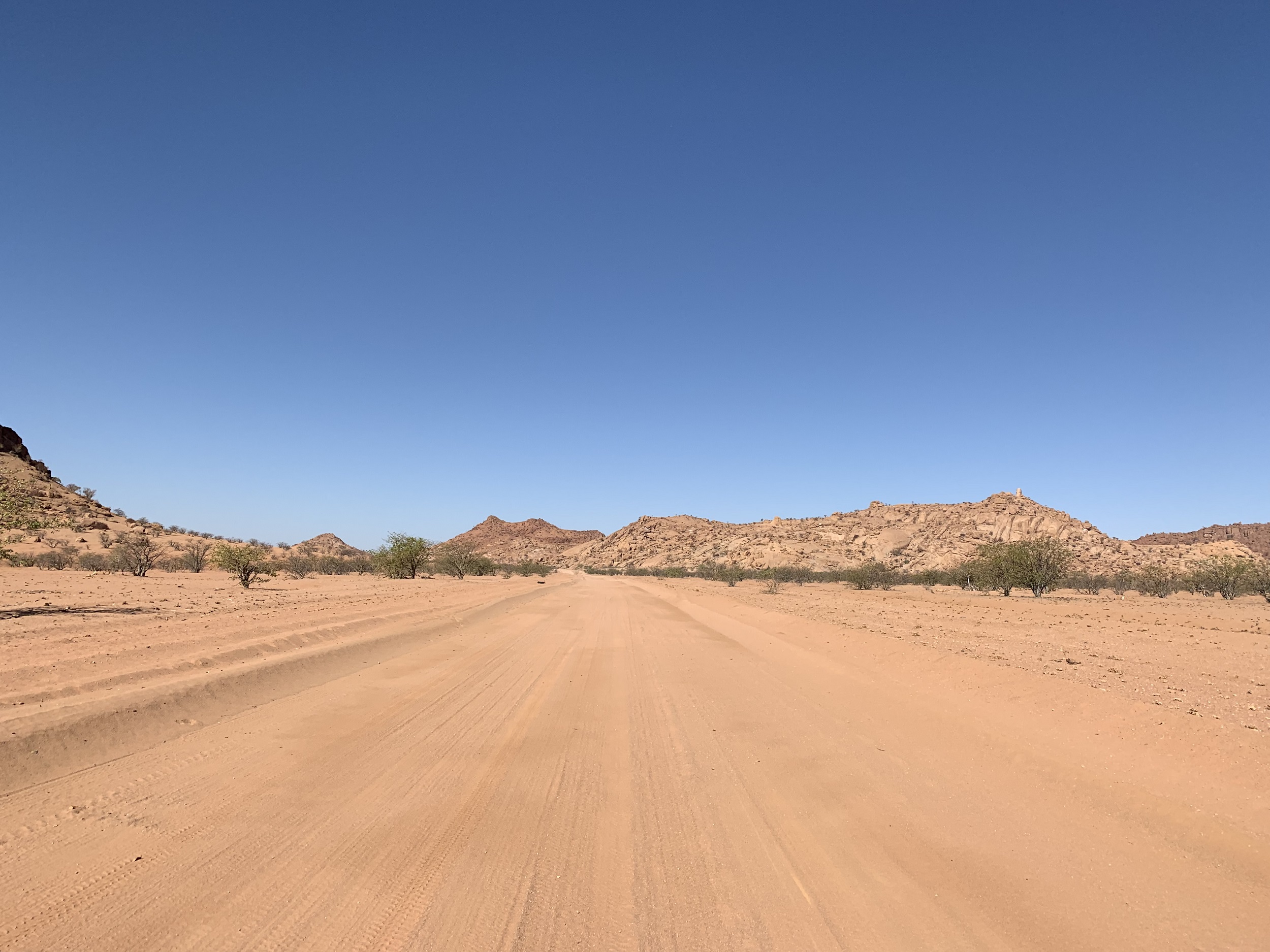
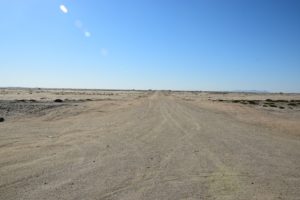
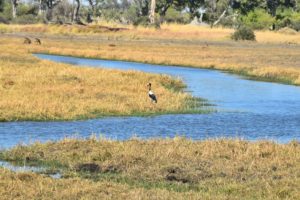
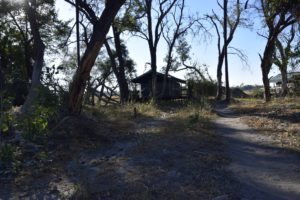
2 thoughts on “Excitement in a day’s drive”